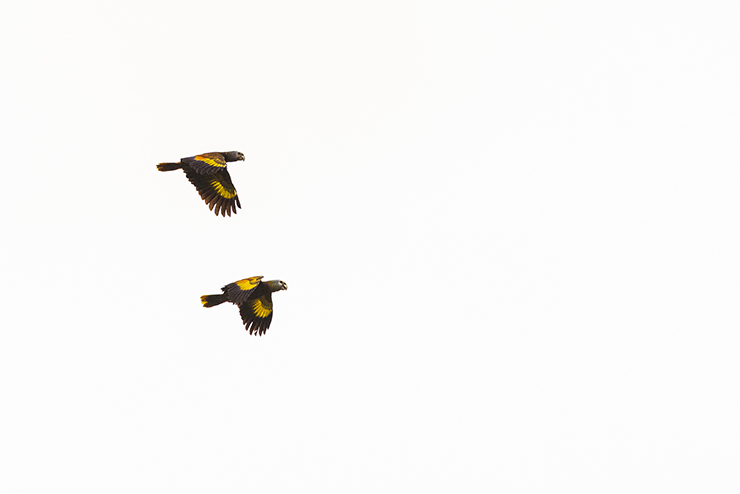
The islands of the Caribbean are home to 176 species of endemic birds unevenly distributed across the region. Some islands host one or two species, others more than twenty. Many of these species are declining in number, having to share their limited geographical range with an expanding human population without a doubt impedes their ability to proliferate as needed. For some species, conservation actions are well underway and we are seeing some measure of positive impact as a result.
On the volcanic island of St. Vincent, a verdant treasure trove of some genuine rarities, efforts to save the endemic St. Vincent Parrot began in the 1980s and have continued into the present. Fortunately for this species (and people like me who wish to see them) this level of awareness has resulted in protection for both the bird and its habitat, which in turn has led to some increases in its population. On St. Vincent there are specific areas where one may enjoy a guided tour up a mountain – not near as extreme as the much lower probability of seeing a Whistling Warbler as I outlined here – and this is precisely the mission we embarked upon some time ago.
We began by getting to this fantastic lodge (pity we didn’t stay here, as I’m sure overnight would be fabulous) for the crack of dawn; by the time we alighted from our vehicles we were just about able to discern the ridge towering above the property – our viewing platform for the morning’s session. Hiking to this point was swift, and there were several spots along this trail that offered spectacular views. We opted to set up on an open bluff with approximately 300 degrees of viewing, hopefully maximising our chances of seeing and photographing this spectacular bird.
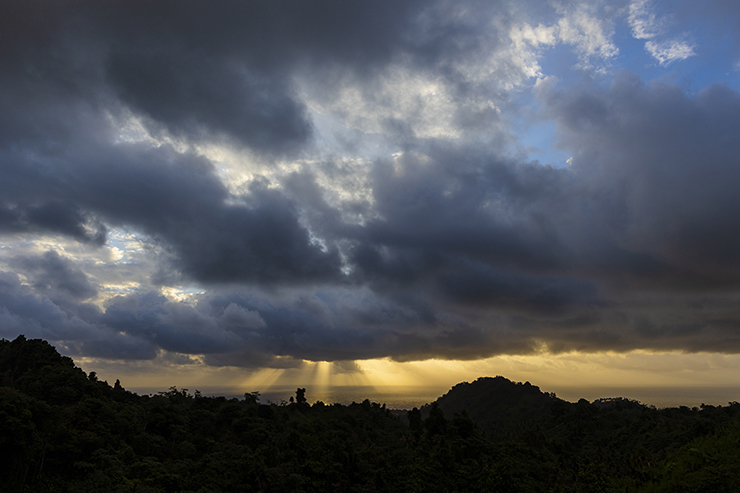
The sun came up while we were on our ascent, and then immediately slipped behind thick clouds.
While the rest of the group huddled around the scope and eagerly scanned the surrounding forest, we utilised a different tactic. We put our gear down, had breakfast, and inhaled the crisp morning air. Even though we were enjoying some solid conversation with one of the island’s foremost birding guides and environmental activists, we never closed our eyes. Sure enough, parrots were slowly awakening.
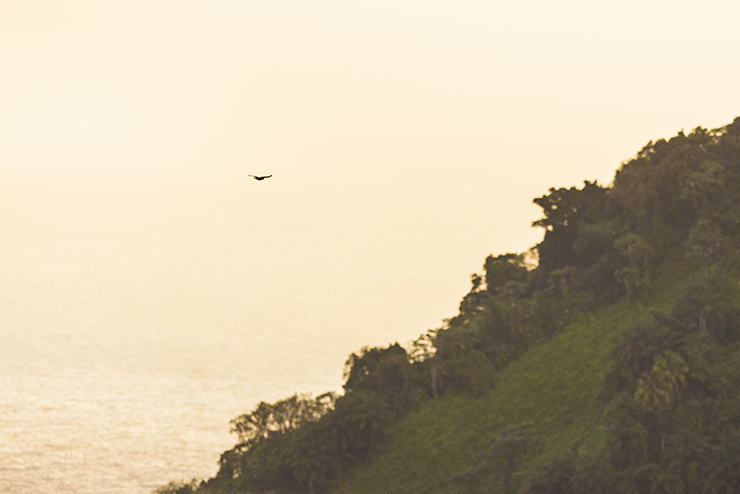
This one flew into some delicious morning light but frustratingly, never turned around.

A pair of St. Vincent Parrots gave us our first decent – albeit fleeting – view.
St. Vincent Parrots are vividly plumaged, even for parrots. They seem to have every colour imaginable somewhere on their bodies. Even from a distance, bright yellow wing-patches contrast with a sometimes rusty body and chalky-grey head.
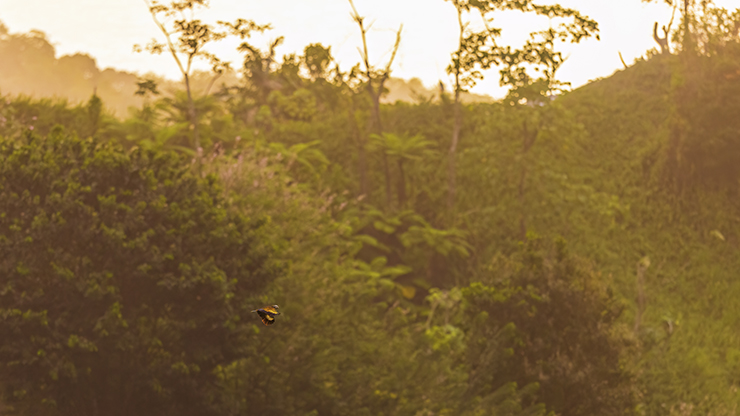
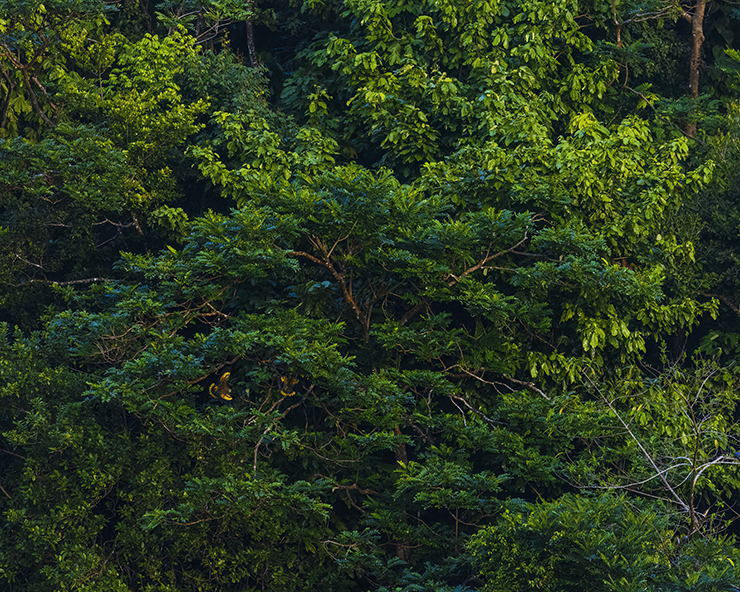
St. Vincent Parrot
I quite enjoyed photographing these birds from far off, although that could have been a coping mechanism to assist me in dealing with the fact that none were near enough for a detailed view. There were many other birds puttering around in the bushes nearby, but there was no way I was going to be distracted by a confiding Grenada Flycatcher and miss the target bird of the morning.
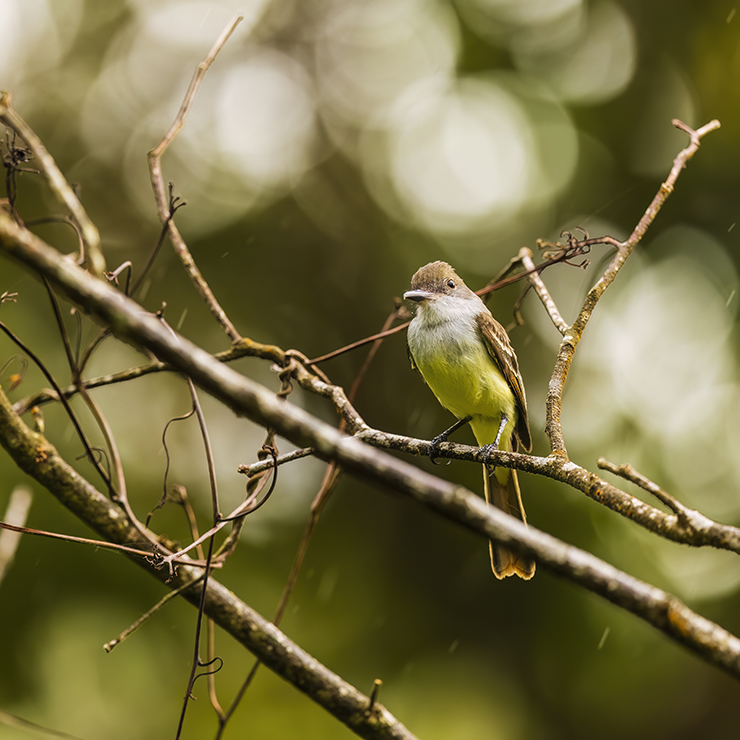
Well, maybe a tiny bit distracted. The Grenada Flycatcher can only be found on St. Vincent and neighbouring Grenada.
Meanwhile, our guide stepped off to take a phone call. He hadn’t been on the phone for a full minute when he whistled to us. I could’ve sensed the urgency, and within seconds I had both eyes and camera locked on: an unobstructed view of an out-of-this-world-gorgeous St. Vincent Parrot!
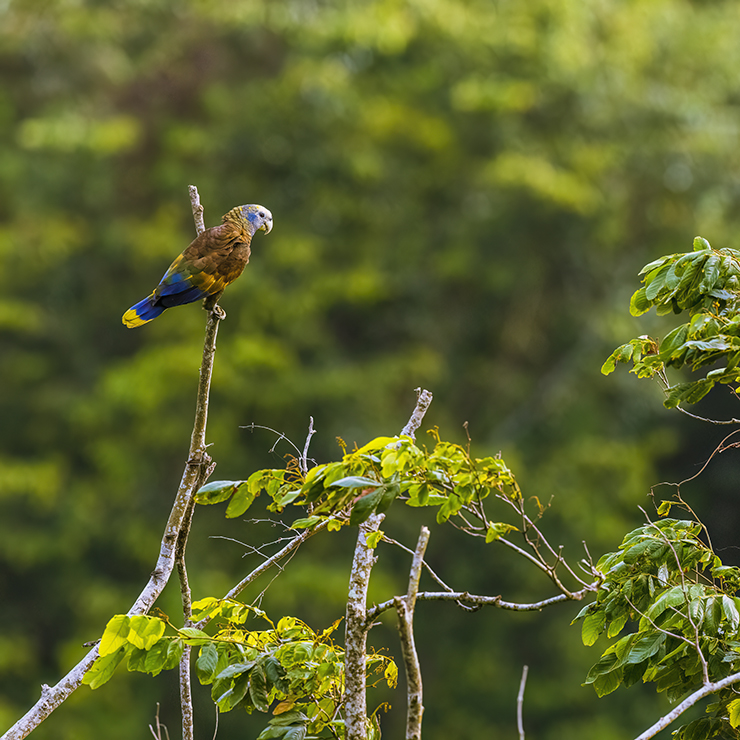
St. Vincent Parrot
This bird stayed for many seconds, swaying in the wind, slowly climbing to the top of this stalk; from which it launched – most predictably in a non-favourable direction. Nevertheless, I was more than satiated. I had experienced this species in much closer quarters before, on a previous sojourn on the island in 2010 I paid a visit to a local breeding facility; I even went trekking sans guide deep into the forest without much success save for one or two distant fly-bys.
Here, I was now ready to focus my attention to the mixed flock of Lesser Antillean Swifts and Short-tailed Swifts that had been hunting all around us, as well as the ever-attendant Antillean Crested Hummingbird and Bananaquit.
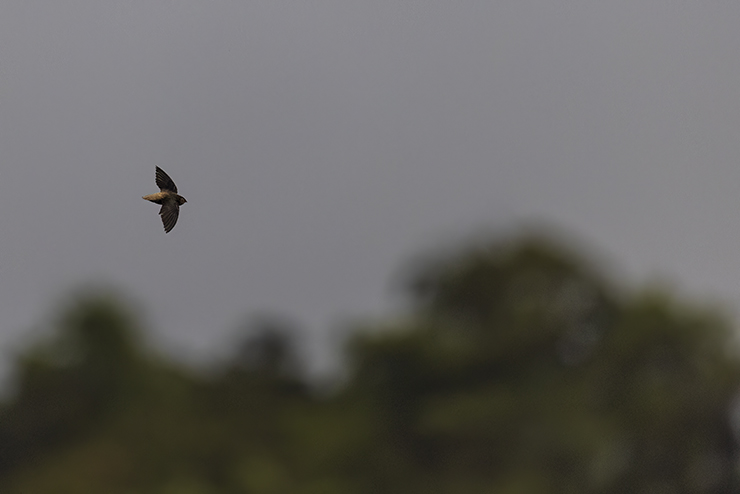
Short-tailed Swift
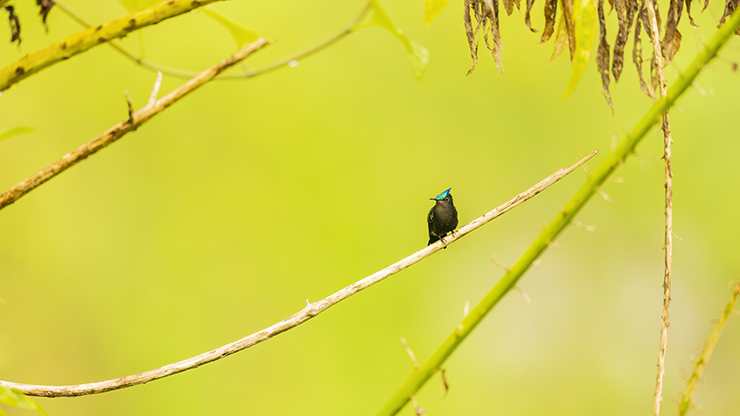
Just as in our quest for another endemic Amazona, an Antillean Crested Hummingbird routinely perched nearby.
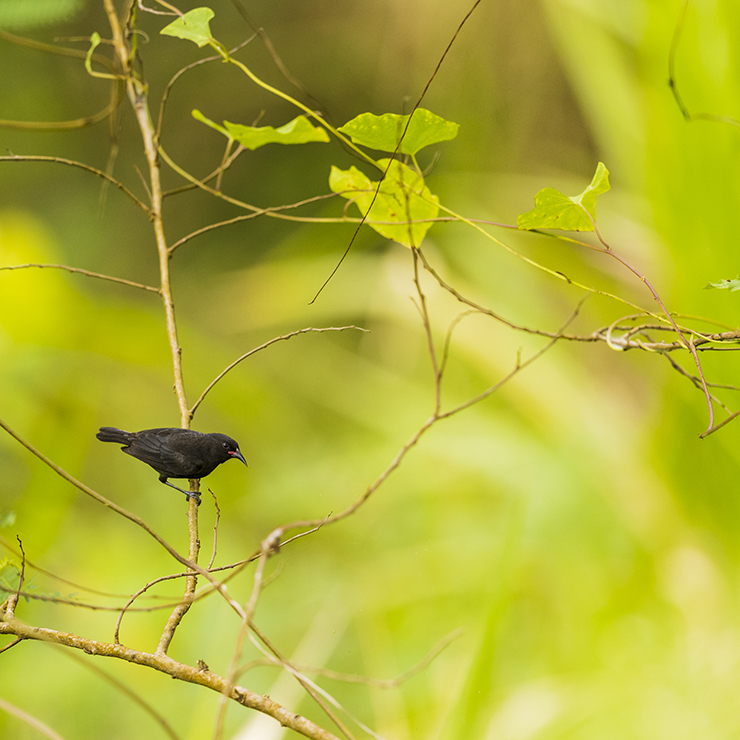
The Bananaquits here are sooty through and through; or as my wife terms them, overripe.
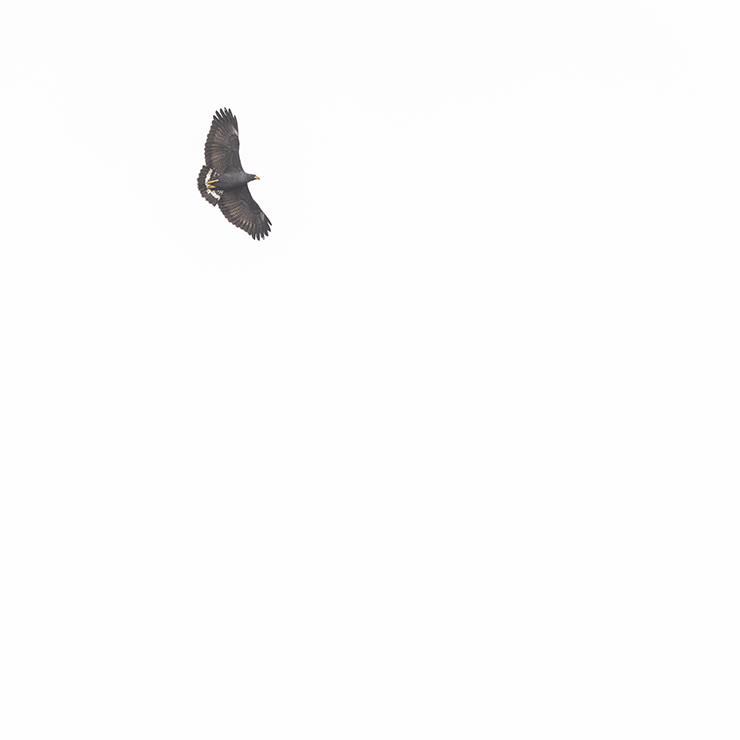
Our final bird for this trip was a Common Black Hawk – a routine sighting for me in Trinidad but the largest and most impressive raptor we saw throughout the Lesser Antilles.











Leave a Comment